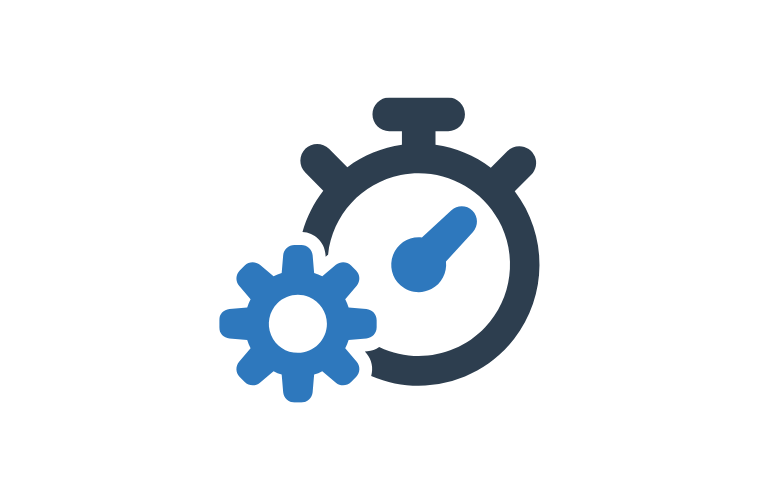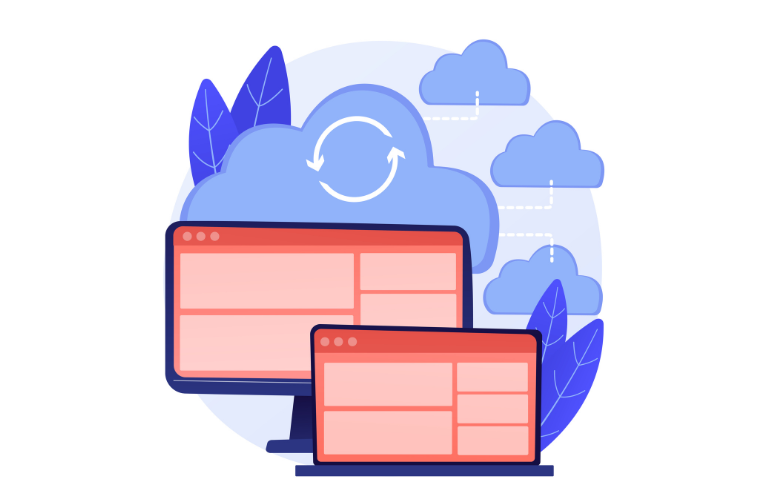Website performance has a big influence on user experience and business results in the fast-paced online world. Millions of websites are powered by PHP-based apps, which need to focus on performance to stay competitive. We go into practical tips below to make sure your PHP Performance Optimization runs as efficiently as possible while remaining usable and clear.
Table of Contents
Understanding PHP Performance Optimization
PHP performance refers to how quickly and efficiently a web application processes tasks, manages resources, and delivers content to users. Websites with poor performance risk losing users, as modern audiences expect pages to load in under two seconds.
Consider this comparison:
- Optimized PHP application: Quick load times, reduced bounce rates, better user satisfaction.
- Non-optimized PHP application: Sluggish response, higher server costs, and poor search engine rankings.
An optimized PHP application ensures smoother operations, enhancing user retention and SEO performance.
Essential Tips for Optimizing PHP Performance
1. Keep PHP Version Updated
Using the latest PHP version ensures access to advanced features and performance benefits:
- PHP 8.x improvements: JIT (Just-In-Time) compilation for faster execution, improved memory handling, and enhanced error management.
- Example: A website upgrading from PHP 7.x to PHP 8.x experienced a 30% reduction in average load time.
2. Optimize Code Structure
Clean, efficient code minimizes resource usage:
- Use single quotes (‘) for strings without variables instead of double quotes (“) for better parsing.
- Replace repetitive calculations with pre-computed values.
- Example: Refactoring nested loops reduced API response times by 40% in a sample project.
3. Optimize Database Operations
Database queries often account for major performance bottlenecks:
Best practices:
- Avoid SELECT *; fetch only necessary columns.
- Use indexed columns for faster searches.
- Combine multiple queries using JOIN statements.
Example: Replacing 10 separate database queries with a single optimized JOIN query decreased processing time by 50%.
Advanced Optimization Techniques
1. Implement Caching Strategies
Caching drastically reduces the time taken to deliver content:
- OPcache: Caches PHP bytecode to skip repeated compilation.
- Memcached/Redis: Stores frequently accessed data for quicker retrieval.
- Example: A company saw server response times drop from 500ms to 150ms after enabling Memcached.
2. Leverage Asset Management
Efficient handling of static files enhances load speeds:
- Minify CSS, JavaScript, and HTML files to reduce file sizes.
- Use a CDN for faster content delivery across regions.
- Example: After switching to a CDN, a global e-commerce site reduced image load times by 40%.
3. Fine-Tune Server Configurations
Optimizing your server environment ensures efficient resource use:
- Configure PHP-FPM for better handling of concurrent users.
- Enable GZIP compression to shrink data transfer sizes.
- Example: Configuring GZIP improved load times on a news website by 25%.
Monitoring for Long-Term Performance
Consistent monitoring is key to sustaining improvements:
- Performance tools: Use Xdebug for local debugging and tools like New Relic for real-time application monitoring.
- Regular audits: Analyze server logs for errors, identify slow queries, and update outdated libraries.
Best Practices for Sustained Optimization
- Write maintainable code: Ensure your codebase is clean and documented.
- Train your team: Educate developers on performance techniques.
- Automate testing: Use tools like Jenkins to automate performance tests during updates.
- Integrate optimizations early: Implement caching and efficient queries during development, not post-launch.
- Iterate based on feedback: Use user data to identify and fix bottlenecks.
Practical Comparison: Optimized vs. Non-Optimized PHP Applications
| Feature | Optimized Application | Non-Optimized Application |
| Page Load Time | Under 1 second | 4–5 seconds |
| Server Costs | Lower due to caching and optimization | Higher due to inefficient processes |
| User Retention | High; better experience keeps users engaged | Low; users abandon slow sites |
| SEO Performance | Higher rankings | Penalized for slow loading speeds |
Conclusion
PHP performance optimization is not just a technical requirement but a business imperative. Following the tips outlined—such as keeping PHP updated, optimizing code and databases, and implementing caching—can dramatically improve your application’s speed and reliability.
Optimization is a journey, not a one-time task. By prioritizing performance during development and continuously monitoring your application, you can provide users with a seamless, engaging experience.




